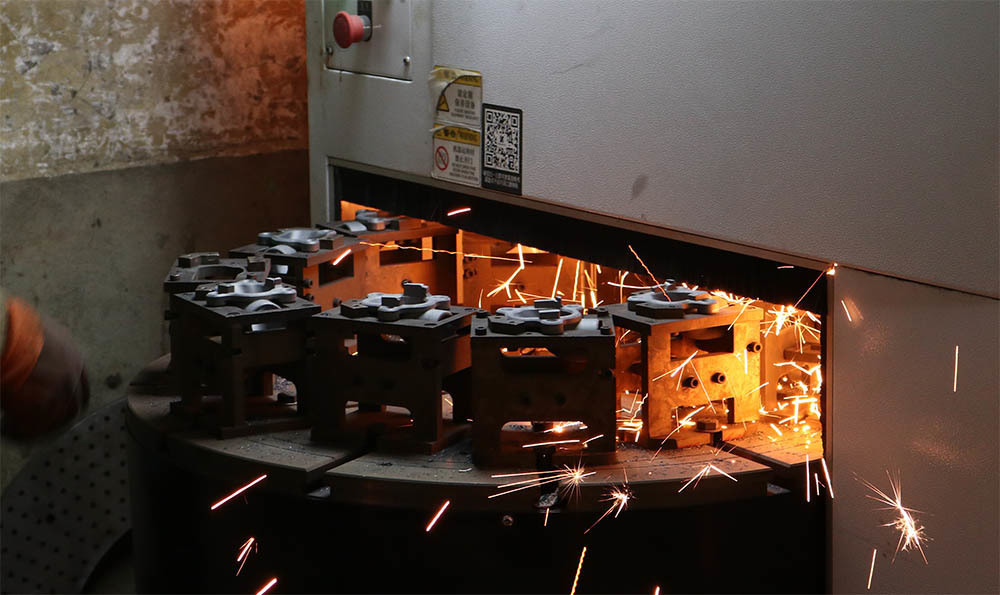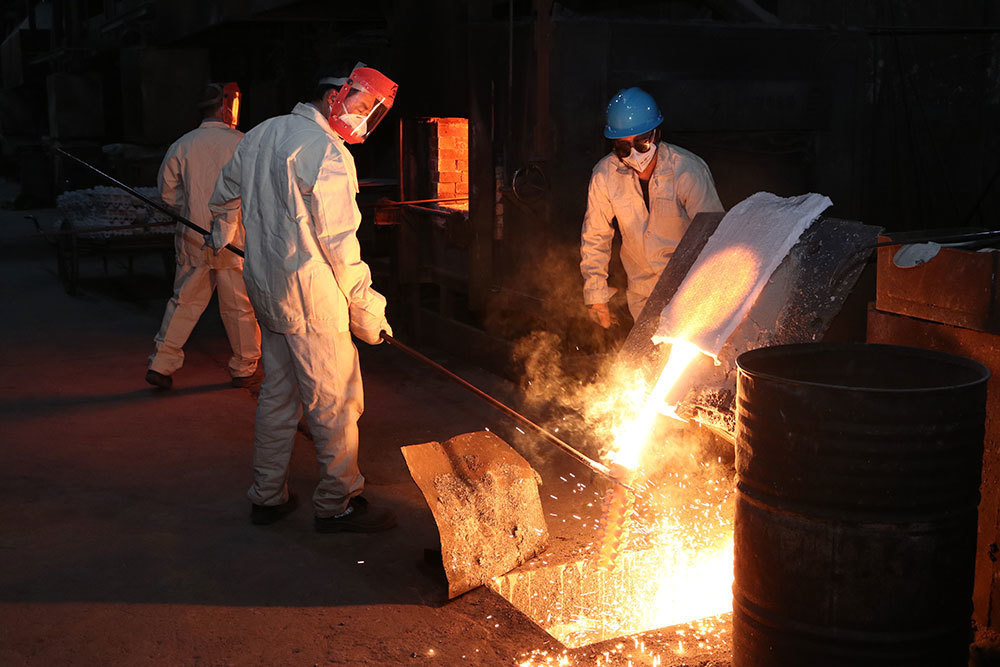2025-10-15
Unlocking the Secrets of Precision Parts Manufacturing
What Is Precision Parts Manufacturing?
Precision parts manufacturing is all about creating components with remarkable accuracy and quality. Think of it as the art of crafting tiny pieces that fit perfectly, like a well-constructed puzzle. This process is essential across various industries, from automotive to aerospace, ensuring that every single part performs its function flawlessly.
The Workings Behind Precision Parts Manufacturing
So, how does this intricate dance of machinery and design come together? First off, precision parts manufacturing involves a myriad of processes, including machining, molding, and additive manufacturing. Each method has its own charm and application, depending on the required specifications.
Machining: The Backbone of Precision
Ah, machining! It's where the magic begins. This process typically involves removing material from a solid block to create the desired shape. Tools like lathes and mills are expertly employed to achieve precise measurements. It's like sculpting, but instead of clay, manufacturers work with metals, plastics, and even composites.
Types of Machining Techniques
- CNC Machining: Computer Numerical Control (CNC) machines automate the process, enhancing speed and accuracy.
- Turning: This technique involves rotating the workpiece against a stationary cutting tool.
- Milling: Here, the cutting tool rotates while the workpiece remains static, allowing for complex shapes.
Molding: Shaping the Future
Next up, we have molding. This method is particularly popular for creating intricate parts in bulk. Think injection molding, where molten material is injected into a mold and cooled to form a solid piece. It's efficient and perfect for producing high volumes with consistent quality.
Advantages of Molding
- Cost-effective for large production runs.
- Ability to produce complex shapes that would be difficult to machine.
- Consistent quality with minimal waste.
Additive Manufacturing: The New Frontier
Let's not forget about additive manufacturing, or 3D printing, as most folks call it! This innovative technique builds parts layer by layer, allowing for incredible design flexibility. It's like building a sandwich, but instead of bread and lettuce, you're using plastic, metal, or even biological materials. The possibilities are endless!
Why Choose Additive Manufacturing?
- Custom designs can be easily produced.
- Reduces material waste since only the necessary amount is used.
- Perfect for prototyping, allowing for quick iterations.
Quality Control: Keeping Standards High
In the world of precision parts manufacturing, quality control is paramount. Manufacturers employ rigorous testing methods to ensure every piece meets exact specifications. Techniques like laser scanning and coordinate measuring machines (CMM) are frequently used to check dimensions and tolerances.
The Future of Precision Parts Manufacturing
As technology evolves, so does the landscape of precision parts manufacturing. With the rise of automation, artificial intelligence, and advanced materials, the efficiency and capabilities of manufacturing processes are soaring. It's an exciting time to be involved in this industry!
In Conclusion
In summary, precision parts manufacturing is a fascinating field that combines technology, creativity, and engineering prowess. Whether it's through machining, molding, or additive manufacturing, the goal remains the same: to produce parts that excel in performance and reliability. So, the next time you marvel at a finely crafted gadget or vehicle, remember the intricate processes that brought those precision parts to life!
2024-01-20
2024-01-20









